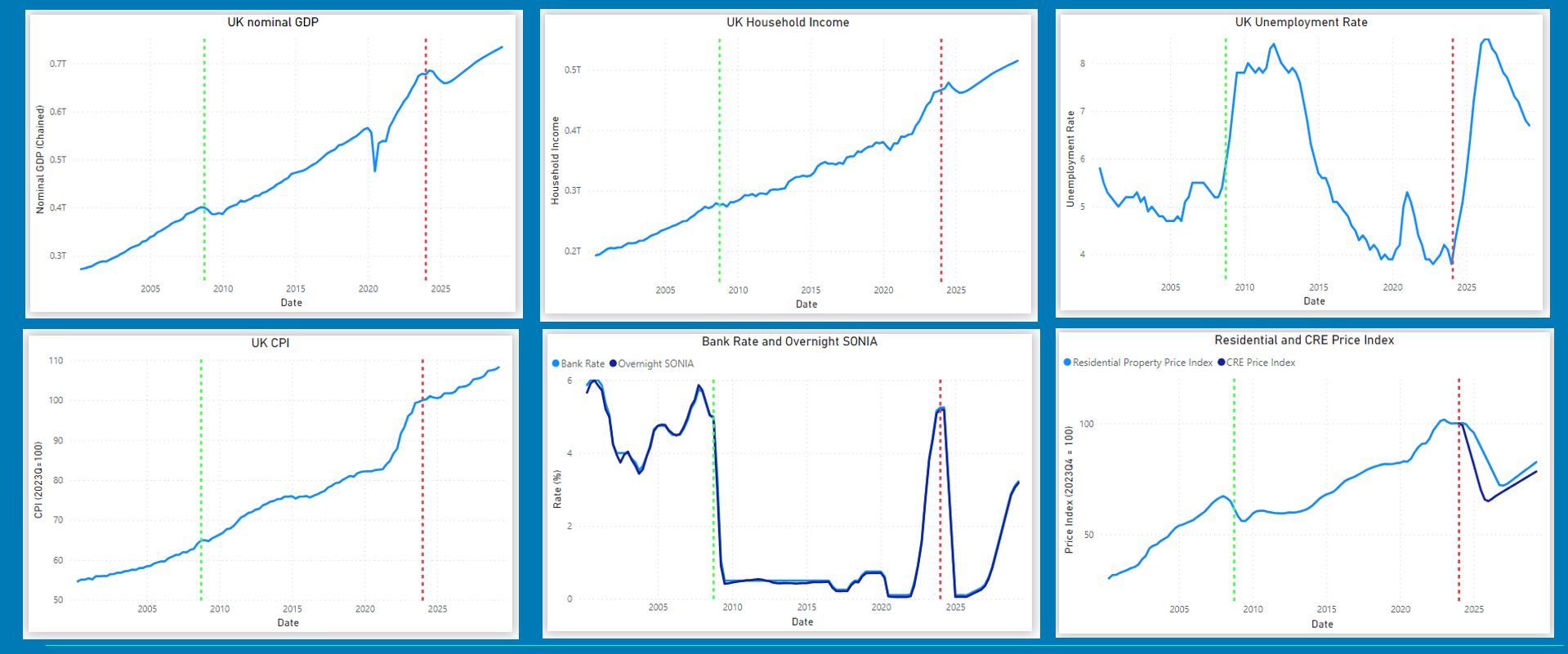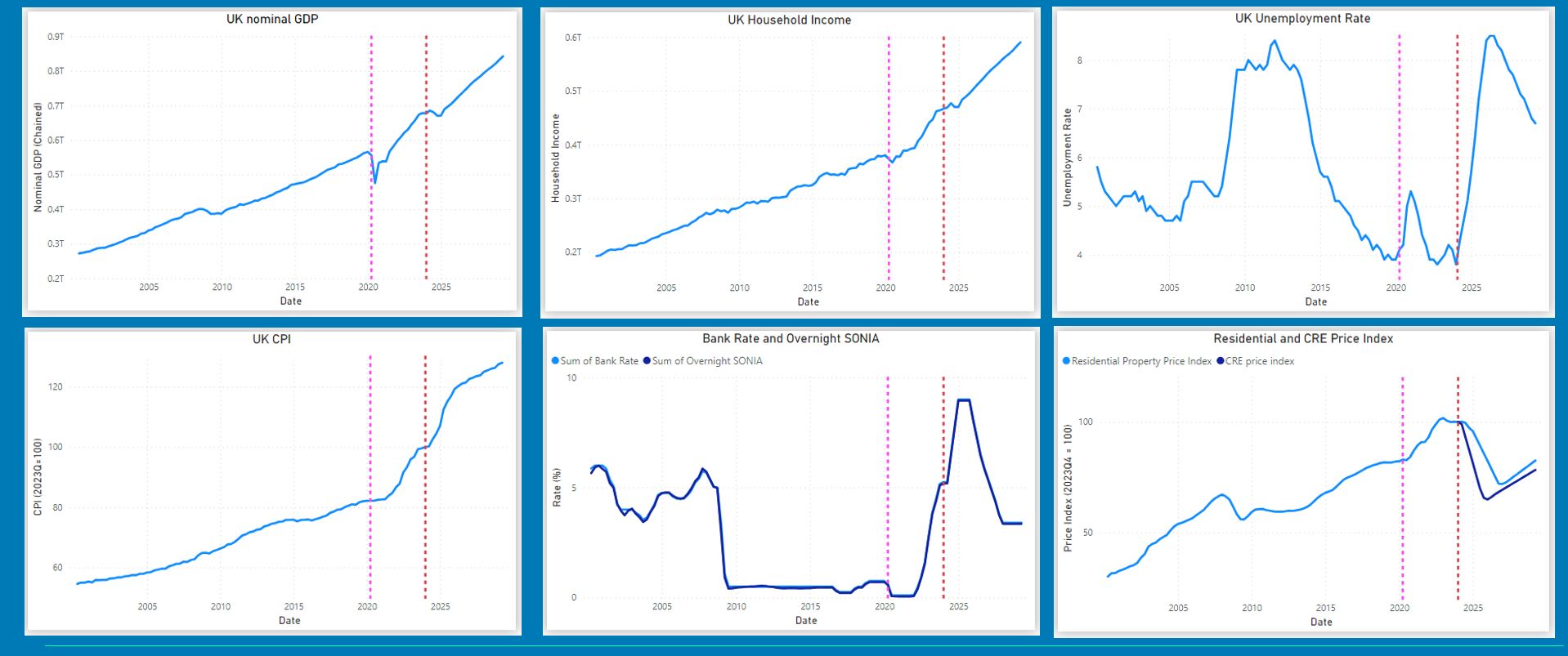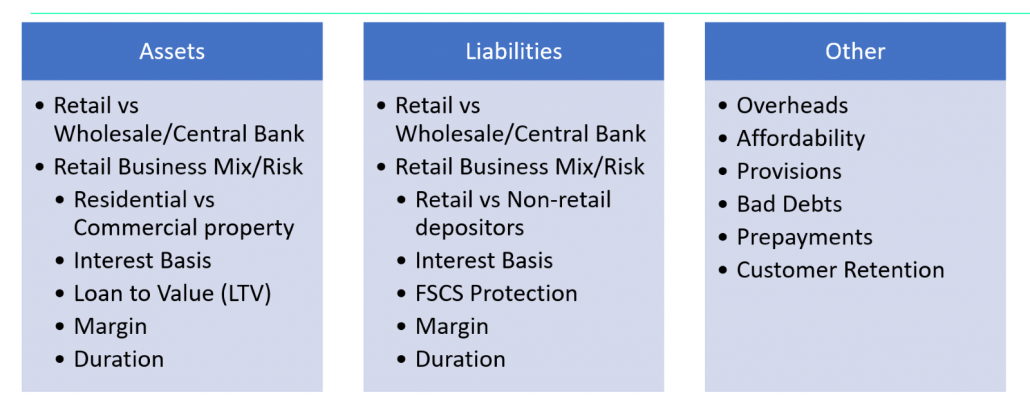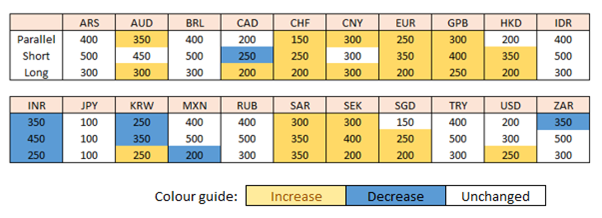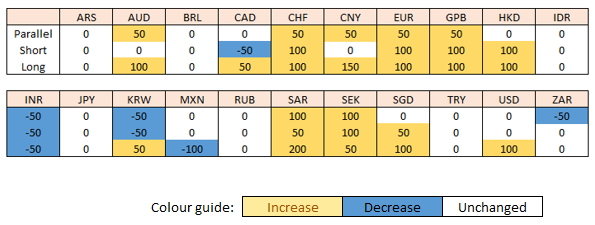Edinburgh, UK – 18 June 2025 – ALMIS International® has been recognised on the prestigious 2025 AI Fintech 100 by FinTech Global, recognising the world’s most innovative companies using AI and data-driven technologies to transform financial services. This recognition highlights ALMIS®’ leadership in revolutionising Regulatory Reporting, Treasury and Balance Sheet Intelligence for modern banks.
“Being named on the AI FinTech 100 list is a fantastic endorsement of our team’s innovation and dedication,” said Luke DiRollo, CEO of ALMIS International®. It validates our mission to help banks simplify complexity, stay ahead of regulatory demands, and turn data into strategic insight.”
Richard Sachar, Director at FinTech Global, commented: “AI is fundamentally reshaping the financial services landscape. The companies featured on this year’s AIFinTech100 list are at the forefront of that transformation, developing solutions that enhance operational efficiency, strengthen compliance, develop their digital transformation strategies, and drive innovation across the board.”
Transforming Treasury and Regulation Through AI and Data-Driven Innovation
In the wake of increasing regulatory scrutiny and the growing complexity of global compliance frameworks, ALMIS® has developed solutions that directly address the mounting cost and burden of prudential risk and regulatory reporting, especially for smaller and mid-sized institutions as part of their digital transformation strategies. Our future-ready platform enables banks to:
- Unify finance and treasury data to eliminate silos and duplication.
- Automate daily processes via intelligent ETL pipelines, validations, and risk calculations.
- Accelerate reporting and insights from days to hours.
- Adapt to new regulations with pre-generated mappings and proactive insights.
The impact is clear: ALMIS® clients experience improved data quality, lower operational costs, enhanced risk visibility, and more time to focus on strategic planning and profitability.
About ALMIS® International
ALMIS® International is the UK market leader in integrated Treasury, Regulatory Reporting, and Balance Sheet Management solutions for banks. Our modular cloud platform helps institutions manage financial risk, optimise capital, and meet evolving regulatory demands – all while improving operational efficiency.
For over 32 years, 65+ clients and hundreds of successful implementations, we are trusted by forward-thinking banks to deliver scalable, future-ready technology that adapts with the market. Our modular platform, ALMIS One, offers Asset and Liability Management, Regulatory Reporting, Treasury, and Hedge Accounting intelligence with ease – enabling better decisions, faster.
About FinTech Global
FinTech Global is the world’s leading provider of FinTech information services, B2B media products, and industry events. We inform, promote, and connect FinTech buyers, sellers, investors, and innovators worldwide. Serving a network of over 300,000 FinTech professionals from market-leading organisations – financial institutions, technology innovators, corporate investors, venture firms, and expert advisory firms. We enable them to get the information they need to make better business decisions and to connect and engage with the people and organisations they want to do business with.











